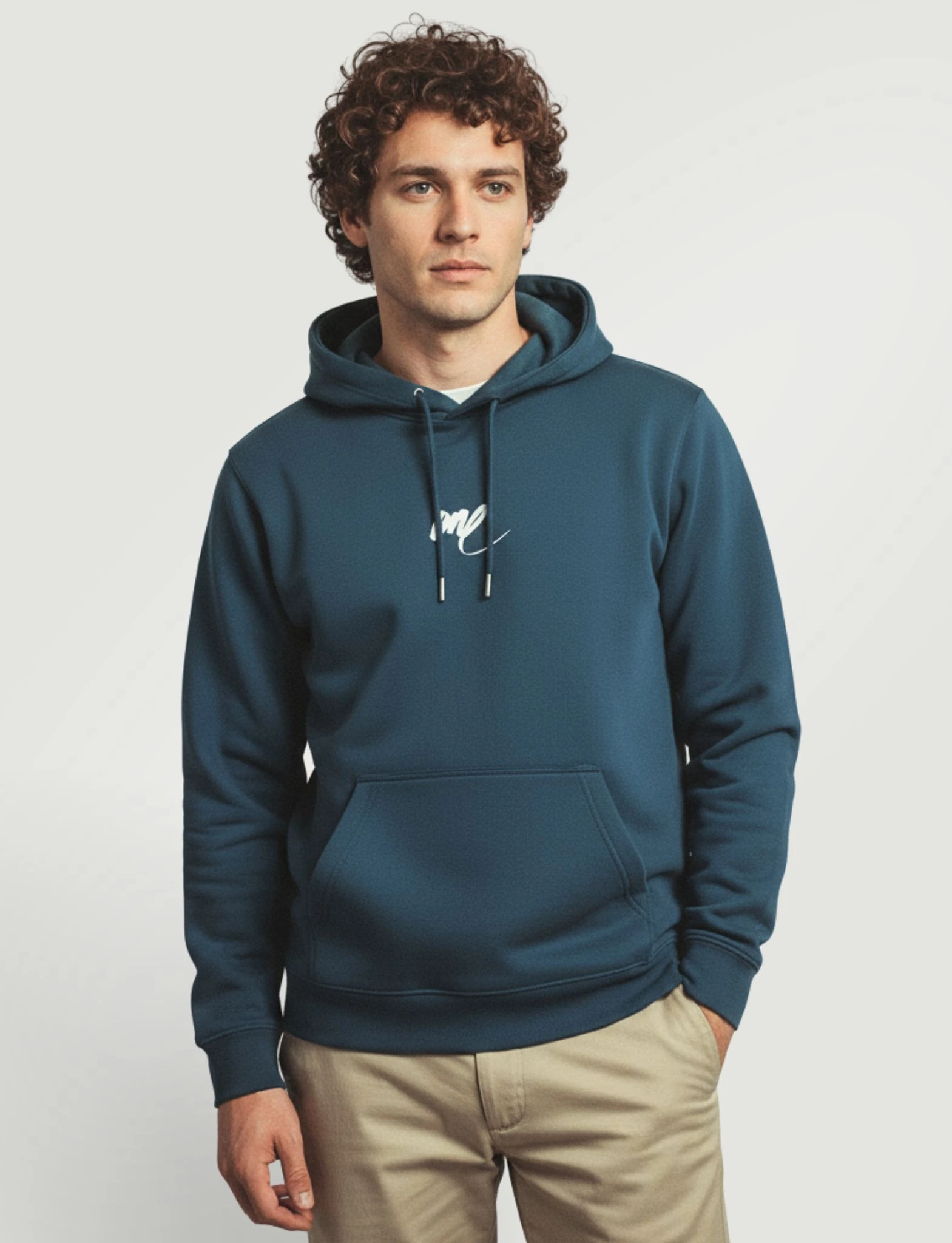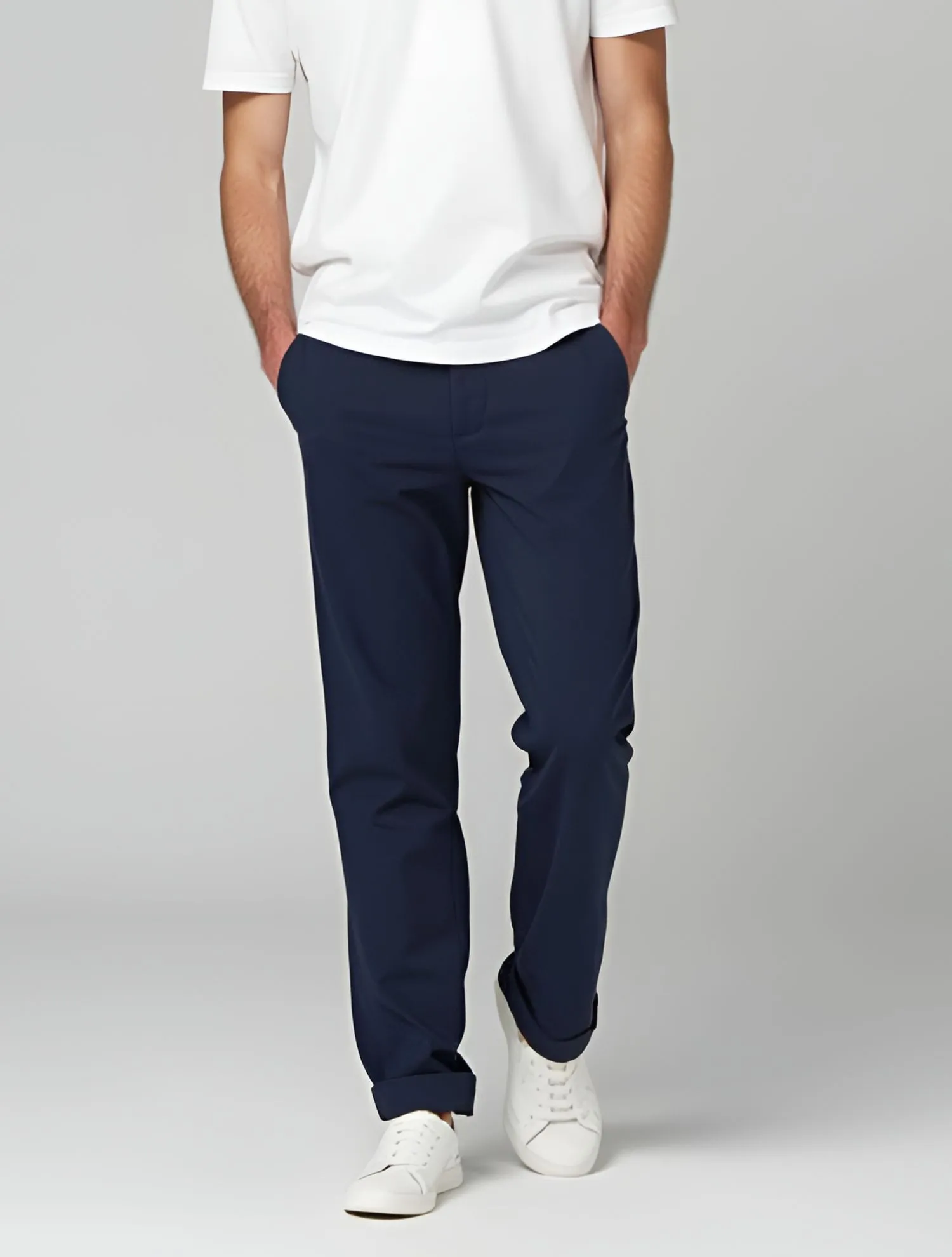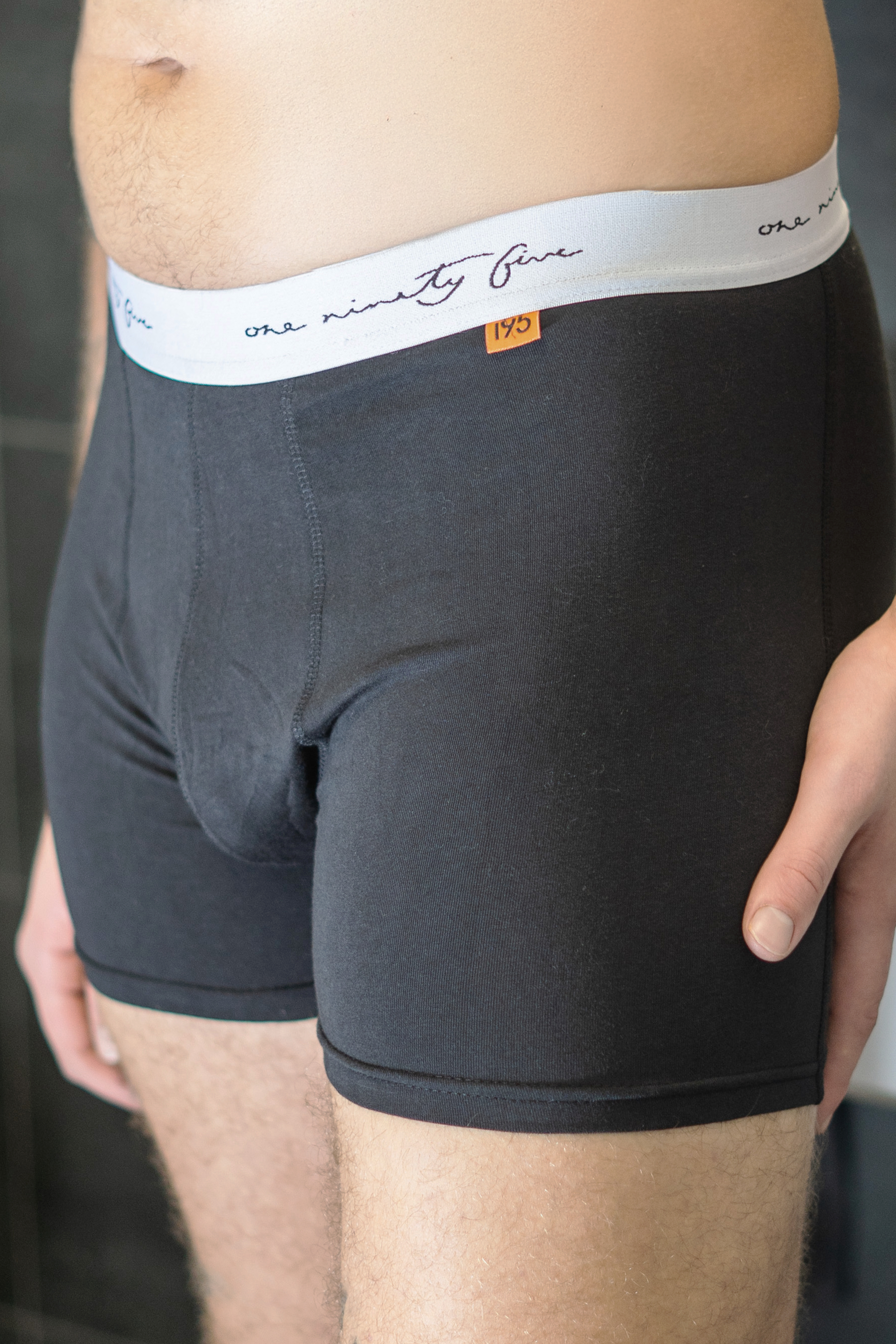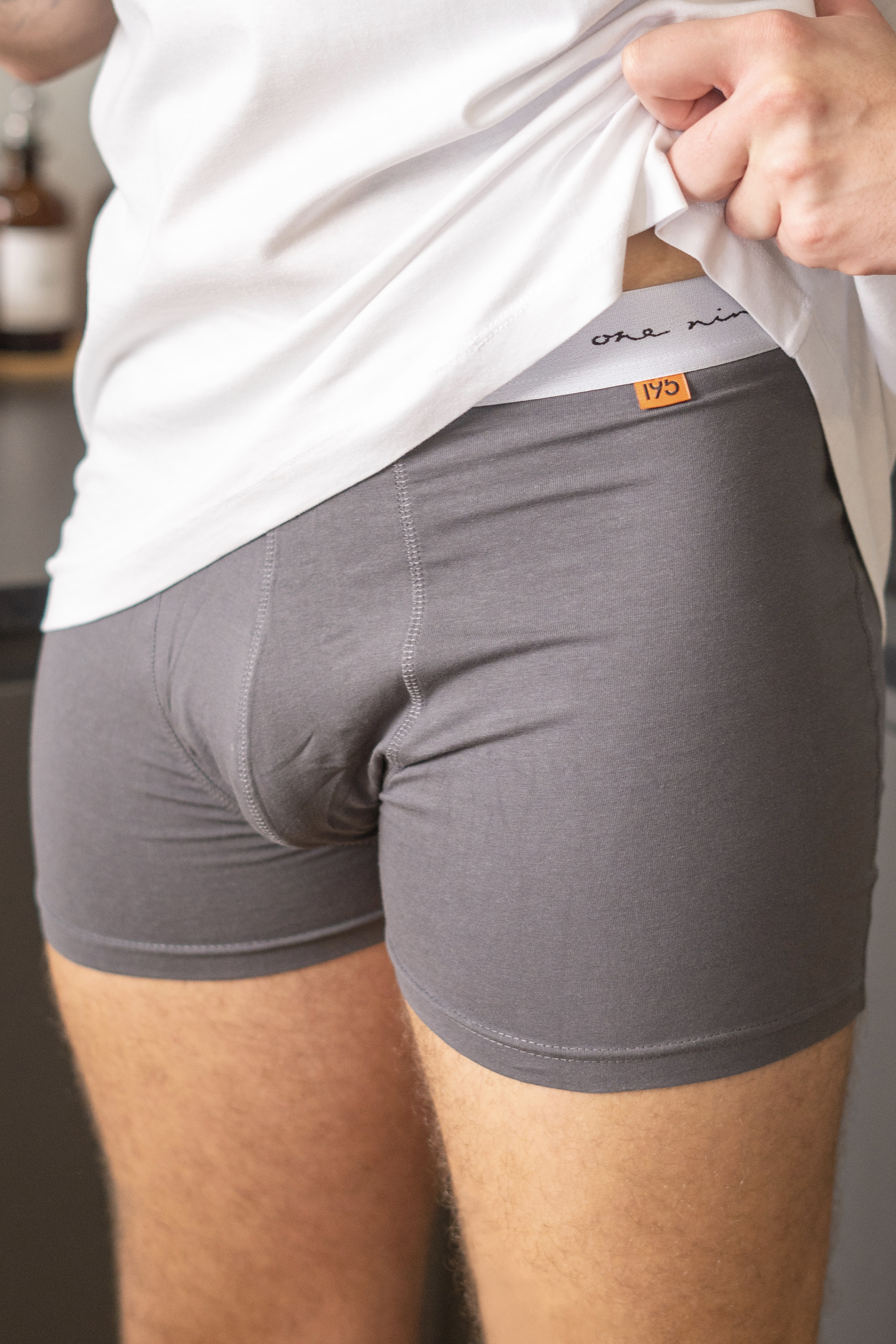- A
- B
- C
- D
- E
- F
- G
-
H
- How Many Clothes Does a Man Need? The Perfect Capsule Wardrobe
- How Many Clothes Does a Man Really Need? Capsule Wardrobe Guide
- How tall people find the best cuts and styles: A comprehensive guide
- How to remove annoying lint from clothing: effective tips and tricks
- How to Remove Sweat Stains – Tips & Home Remedies for Sweat Stains
- How to Support Tall People in Daily Life – A Guide for Friends and Family (Without Annoying Jokes)
- I
- J
- K
- L
- M
- N
- O
- P
- Q
- R
- S
- T
- U
- V
-
W
- Washing Black Clothes: How to Prevent Fading
- Washing new clothes: Why and how?
- Which airlines really offer tall people enough legroom?
- Which Beds & Mattresses Are Most Comfortable for Tall People?
- Winter Clothing for Tall People: Layer Up for Warmth During the Holidays
- Winter Wonders: How Tall People Can Enjoy the Holidays Actively
- X
- Y
- Z
- #
Increasing the Longevity of Your Clothes: The Best Tips and Tricks

In a time when sustainability and environmental protection are becoming increasingly important, it is essential to increase the longevity of your clothes. By proper care and some simple measures, you can use your clothes longer and save money at the same time. In this guide, you will learn how to properly care for, store, and repair your clothes to extend their lifespan. You will also receive helpful tips on making sustainable purchasing decisions.
1. Proper Care for Your Clothes
1.1 Washing Clothes Properly
The way you wash your clothes has a significant impact on their longevity. Consider the following tips:
- Use the right temperature: Many fabrics do not require high washing temperatures. Often, washing at 30°C or 40°C is sufficient to get your clothes clean. This not only protects the fibers but also saves energy.
- Select the gentle cycle: Delicate fabrics should be washed on the gentle cycle. This reduces stress on the fabric and helps it maintain its shape.
- Choose the right detergent: Use a detergent that is suitable for the materials of your clothing. For delicate fabrics like wool or silk, there are special detergents that protect the fibers.
- Avoid overloading the washing machine: An overloaded washing machine can result in your clothes not being properly cleaned and the fibers being stressed. Stick to the recommended load capacity.
1.2 Proper Drying
There are many things you can do when drying to help your clothes last longer:
- Prefer air drying: The dryer can damage the fibers of your clothes over time. If possible, you should air dry your clothes. Hang them on a clothesline or drying rack.
- Use hangers for delicate fabrics: Light and delicate fabrics like blouses or shirts should be dried on a hanger. This prevents unsightly wrinkles and protects the fibers.
- Avoid direct sunlight: Many fabrics, especially colored ones, can fade when exposed to direct sunlight. Dry your clothes in the shade or indoors.
2. Storing Clothes Properly
2.1 Proper Storage of Seasonal Clothing
Proper storage is key to keeping your clothes in good condition over long periods:
- Store clean clothes: Make sure to store only clean clothes. Stains or dirt can cause damage or unpleasant odors over time.
- Use appropriate storage containers: Use garment bags, storage boxes, or vacuum bags to protect your clothes from dust, moths, and moisture. Ensure that the materials are breathable to prevent moisture build-up.
- Lavender and cedarwood for moth protection: These natural remedies keep moths away and leave a pleasant scent in your clothes.
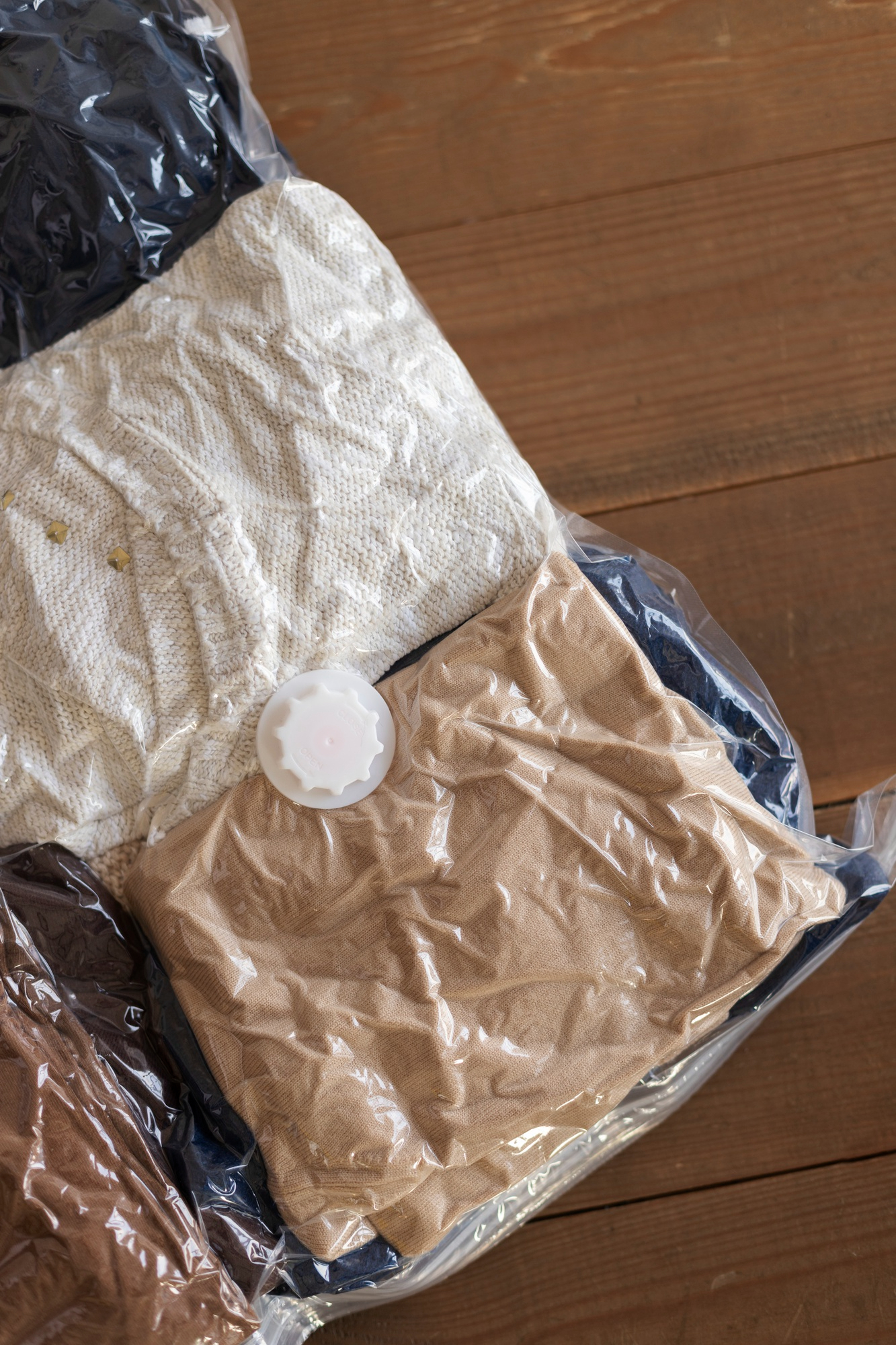
2.2 Protecting Clothes from Pests
Pests like moths can cause significant damage to your clothes. Here are some tips to prevent that:
- Regular ventilation: Rooms where you store your clothes should be ventilated regularly to avoid moisture and mold growth.
- Use moth repellents: In addition to lavender and cedarwood, there are also special moth repellents that you can place in your closets.
- Avoid folds and creases: When storing clothes, ensure that deep folds or creases do not form, as they can weaken the fibers over time.
3. Repairing Instead of Discarding
3.1 Learning Basic Repair Skills
Often, minor damage to clothing can be easily repaired at home. This saves money and increases the lifespan of your clothes:
- Sewing small holes and tears: Learn simple sewing techniques to mend small holes or tears yourself. With needle and thread, you can quickly close damaged seams.
- Sewing on buttons: Sewing on a fallen button is one of the easiest repairs and can significantly extend the life of a garment.
- Repairing zippers: A broken zipper does not have to mean the end of a garment. There are many guides and repair kits available to help you fix zippers yourself.
3.2 Getting Professional Repairs
Sometimes, the damage to your clothes is more complex and requires professional help:
- Use tailoring services: A visit to a tailor can be worth it if you own high-quality clothes that have minor damage. Professional tailors can repair almost anything, from torn seams to broken zippers.
- Cobblers for leather shoes: Leather shoes and boots can often look like new again after a visit to the cobbler. New heels, soles, or stitches can significantly extend the life of your shoes.
4. Sustainability in Clothing Purchases
4.1 Choosing High-Quality Materials
Choosing the right materials when buying clothes is crucial for their longevity:
- Prefer natural fibers: Materials like cotton, linen, or wool are often more durable and long-lasting than synthetic fibers. They are also breathable and comfortable to wear.
- Pay attention to workmanship: High-quality seams, clean workmanship, and sturdy zippers are signs of durable clothing. Check the quality before making a purchase.
- Support sustainable brands: Shop from brands that prioritize sustainability. They often focus on eco-friendly production and durable materials.
4.2 Second-Hand Clothing
Second-hand clothing is not only cheaper but often of higher quality than many fast fashion items:
- Quality over quantity: Make sure the second-hand clothing is in good condition and made from high-quality materials. This way, you can ensure that it will bring you joy for a long time.
- Clothing exchange: Swap clothes with friends or on special platforms. This allows you to expand your wardrobe in a sustainable way.

5. Everyday Tips
5.1 Wash Less Often
Clothes are often washed too frequently, which causes the fibers to wear out faster. Consider whether a garment really needs to be washed, or if airing and brushing it out will suffice.
5.2 Follow Care Labels
The care labels on your clothes are there for a reason. They provide important instructions on how to clean and care for your clothes properly. Follow these recommendations to maximize the lifespan of your clothing.
5.3 Treat Stains Immediately
The sooner you treat stains, the easier they are to remove. Don’t wait for them to dry or set, but act quickly.
Increasing the longevity of your clothes is easier than you might think. With the right care techniques, mindful purchasing decisions, and a sustainable mindset, you can ensure that your clothes last longer while also contributing to environmental protection. Not only do you save money, but you also help reduce the negative impacts of the textile industry. Take the time to care for and repair your clothes—it’s worth it!


